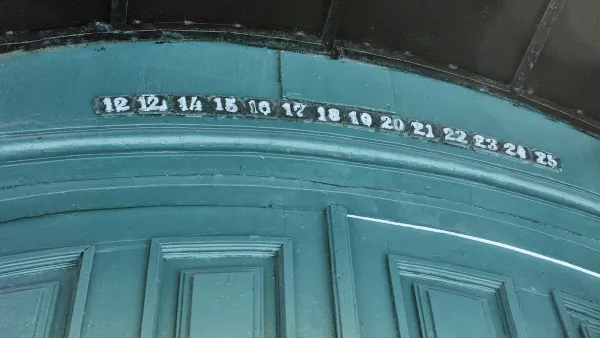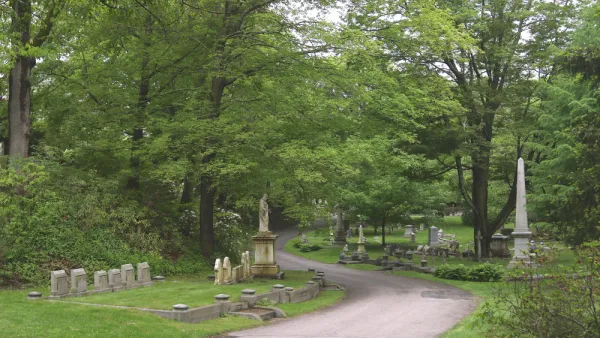Author and urbanist Witold Rybczynski looks at new housing in the aftermath of World War II compared to today. Why are new houses so much more expensive now than they were then?
"The first Levittown was on Long Island, the second in Bucks County, Pennsylvania, and the third in New Jersey. The Long Island project, because it was the first-and the closest to New York City-is the best known, but the Bucks County development, which began in 1951, was larger and more comprehensively planned and designed. At that site, the more than 17,000 homes on nearly 6,000 acres were intended chiefly for workers employed at a nearby steel plant. The largest and most expensive of the six model homes, the Country Clubber, was for supervisors and executives, but the three-bedroom Levittowner was the workhorse of the development. It sold for $9,900, which would equal $82,000 today."
"The continuing popularity of the Levittowner after more than half a century does not mean that the demands of home buyers haven't changed over time...modern buyers expect to personalize their homes. In response, while today's builders still sell predesigned models, they also offer scores of options: alternative façades, different materials, a variety of interior finishes, and 'extras' such as upgraded kitchens, higher ceilings, and add-on sun rooms."
"What would such a house sell for? In 1951, the price of the original Levittowner ($9,900) was three times the national average annual wage ($3,300). In 2008, with an estimated national average wage of $40,500, a similarly affordable house should have a sticker price of $121,500. Yet according to the Census Bureau, even in the current declining market the median price for a new single-family house in the first quarter of 2008 approached twice that: $234,100. So, the price of a modern Levittowner would have to be nearly 50 percent cheaper than that of today's average new house. Easy, you say, just make the house 50 percent smaller, about 1,200 instead of 2,469 square feet. But it's not that simple. In most metropolitan areas, the selling price of such a house would still be more than $200,000, considerably more than $121,500. "
Thanks to Franny Ritchie
FULL STORY: LINK

National Parks Layoffs Will Cause Communities to Lose Billions
Thousands of essential park workers were laid off this week, just before the busy spring break season.

Retro-silient?: America’s First “Eco-burb,” The Woodlands Turns 50
A master-planned community north of Houston offers lessons on green infrastructure and resilient design, but falls short of its founder’s lofty affordability and walkability goals.

Delivering for America Plan Will Downgrade Mail Service in at Least 49.5 Percent of Zip Codes
Republican and Democrat lawmakers criticize the plan for its disproportionate negative impact on rural communities.

Test News Post 1
This is a summary

Test News Headline 46
Test for the image on the front page.

Balancing Bombs and Butterflies: How the National Guard Protects a Rare Species
The National Guard at Fort Indiantown Gap uses GIS technology and land management strategies to balance military training with conservation efforts, ensuring the survival of the rare eastern regal fritillary butterfly.
Urban Design for Planners 1: Software Tools
This six-course series explores essential urban design concepts using open source software and equips planners with the tools they need to participate fully in the urban design process.
Planning for Universal Design
Learn the tools for implementing Universal Design in planning regulations.
EMC Planning Group, Inc.
Planetizen
Planetizen
Mpact (formerly Rail~Volution)
Great Falls Development Authority, Inc.
HUDs Office of Policy Development and Research
NYU Wagner Graduate School of Public Service





























